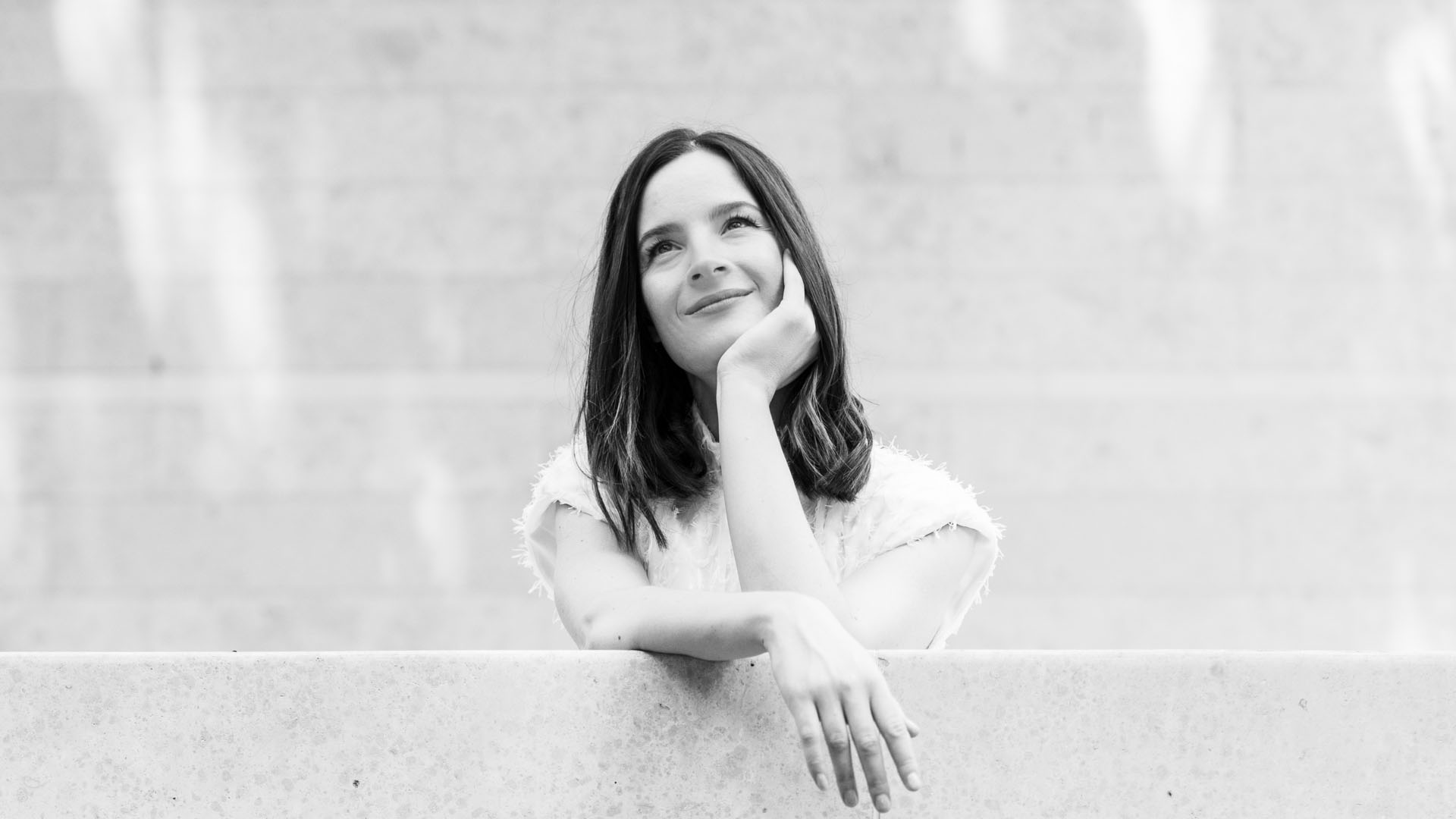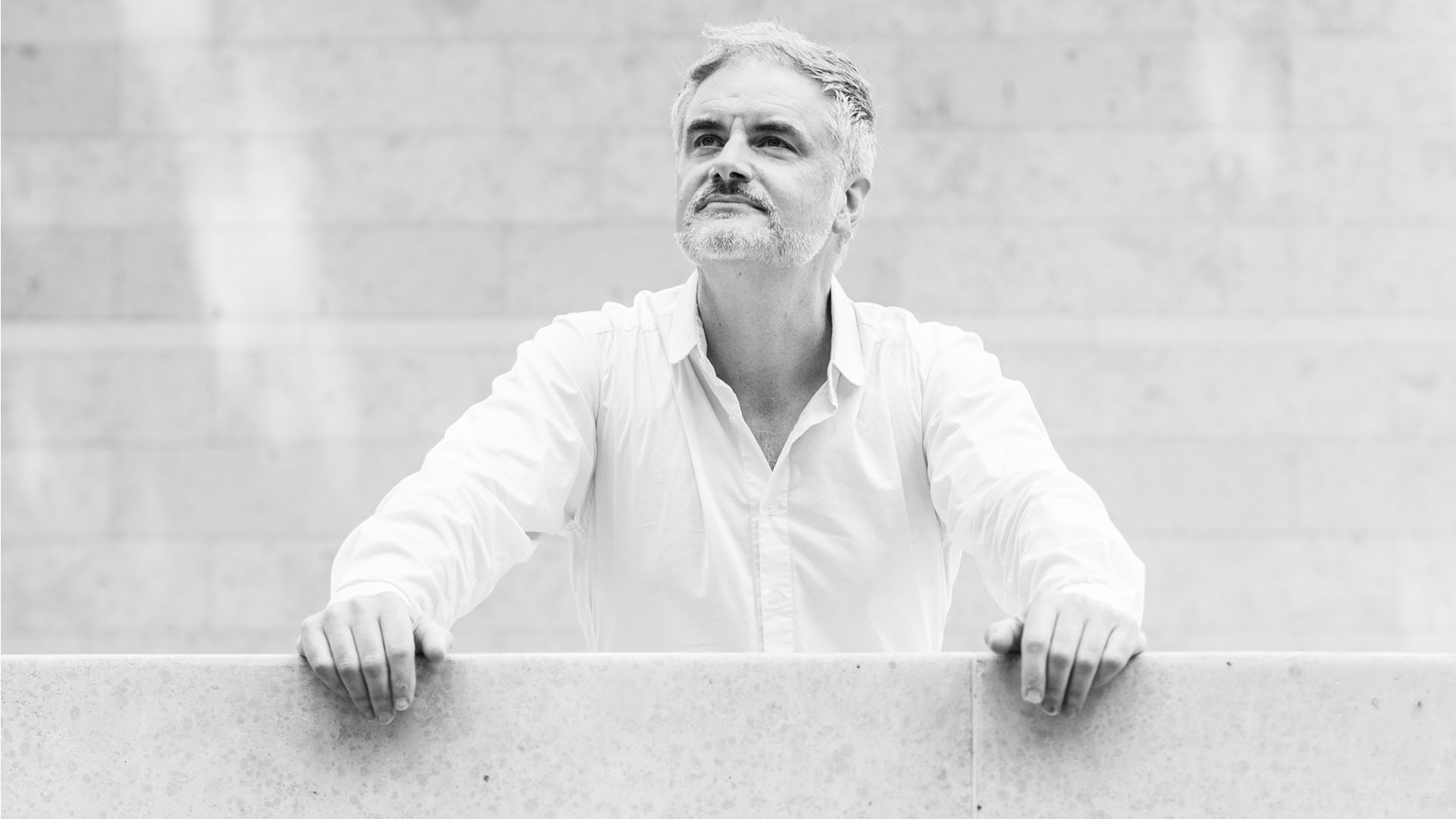NZTrio personnel – Justine Cormack (violin), Ashley Brown (cello) and Sarah Watkins (piano) – are all fine soloists, as demonstrated here by the varied repertoire: three trios, one piano solo, suite for violin and piano, two works for cello and piano and a cello solo. All pieces were composed between 1999 and 2011; The Year without a Summer is the outcome of the composer’s New Zealand residency in 2009. Bravo.
Gwen Bennett – The Music Trust (online) – 1 December 2015
For an Australian with a number of New Zealander relatives, this Trans-Tasman musical connection was of particular interest. The CD presents music that is partly the result of a collaboration between the Australian Music Centre, its New Zealand equivalent SOUNZ, and the residency they arranged for Australian composer Stuart Greenbaum with the Auckland-based NZTrio.
NZTrio personnel – Justine Cormack (violin), Ashley Brown (cello) and Sarah Watkins (piano) – are all fine soloists, as demonstrated here by the varied repertoire: three trios, one piano solo, suite for violin and piano, two works for cello and piano and a cello solo. All pieces were composed between 1999 and 2011; The Year without a Summer is the outcome of the composer’s New Zealand residency in 2009.
800 Million Heartbeats opens the program. We are informed that the lifespan of most living creatures lasts for around 800 million heartbeats, thus the title is a metaphor for the journey of a life. Greenbaum deftly manages to express this concept in a gentle, expressive work of around eight minutes. Whilst it could not be described as a perpetuum mobile, constant motion is the main impression of this intriguing trio.
Falling by Degrees for violin and piano is the longest work on the CD. Its seven movements describe things that fall. First is “Meteor” which features descending filigree piano figures and glittering violin melody, then a more dramatic section before the meteor crash lands. “Snow” fall is depicted by an ethereal, eight-note theme for violin, echoed in a rocking piano motif. It has the effect of a lullaby, whilst still interspersed with downward moving phrases. “Parachute” is more chordal, still with that descending motion before a soft landing. “Apple” is rather jaunty, sounding briefly like nursery song before moving on, while “Anchor” is slower and lower in sonority, quite sombre in mood. The final two falling things represent a more metaphorical – or perhaps humorous – frame of mind: “Stockmarket” stops and starts, alternating soft and loud repeated notes before a quiet ending, followed by an even quieter and very brief “Night” fall. This beguiling music is unified throughout by downward motion. Gravity is not far from our consciousness. In total control of technical challenges, it is performed superbly by Justine Cormack and Sarah Watkins.
Equator Loops is a subtle work, inspired by the music of Arvo Pärt. Its static, meditative harmonies recall Pärt’s emotional impact whilst not being in any way an imitation. It is a totally individualistic expression from Greenbaum. Based on a tonal centre, the piano makes an alluring series of ornamented forays away and back. In this gem, which must be a delight for any pianist, Sarah Watkins gives a sensitive, committed interpretation.
Living temporarily on the “shaky isles” during his residency possibly meant that Greenbaum was more alert to earthquakes than usual. In fact, two major earthquakes occurred in Christchurch not long after.The Year without a Summer was inspired by a massive eruption in Indonesia, bigger even than Krakatoa which destroyed a whole island. The work is divided into two sections, “1815 – And then the Sky was filled with Ash” where the composer evokes the disturbing events, once again with downward figures reminiscent of “Meteor”. “1816 – The Year without a Summer” describes a time when the ash from the previous year blotted out the sun, cooled the earth, ruined crops and turned peoples’ lives upside down. The music is mostly contemplative in mood, sometimes desolate, yet with a quality of nobility. This is a moving work, splendidly played, and an excellent addition to the body of music for piano trio.
The Lake and the Hinterland is a duo for cello and piano which features a singable melody – not surprising, as it was inspired by a poem, Late Autumn Lullaby by Ross Baglin, particularly the lines:
Stay close now as winter’s
White fuse burns across
The lake and the hinterland
Lunar Orbit was written for and dedicated to Ashley Brown. Pianissimo, pizzicato and glissandi create an eerie picture, almost like a cry for help as the astronauts are isolated from their fellow man in the lunar environment. The composer is not afraid to use silence. In this atmospheric work we are transported via a beautiful performance by the solo cello.
Scarborough Variations are based on an English folk-tune we know well, probably due to Simon & Garfunkel. We get snatches of the tune in what Percy Grainger might have called a ‘ramble’, and an absorbing ramble it is, in the company of cello and piano. Only towards the end is the whole tune revealed.
The final work on the CD was originally composed as a sextet for the Sydney-based Sonic Arts Ensemble, formerly the Seymour Group. It was to be the final commission before the ensemble disbanded, hence the name Book of Departures. It was arranged for piano trio a year later. Conceived as three ‘chapters’, the piece is composed in one movement. It features a delicate interplay between the three instruments, the music travelling between different moods – happy, triumphant, nostalgic – to finish on one of optimism.
A website tells us that Stuart Greenbaum has been influenced by minimalism, pop and jazz; if so, traces of those styles in his composition are well integrated. It is difficult to apply any sort of label to his music other than to describe it as subtle, profound, always approachable, with strong emotional impact and very enjoyable.
The recording was made at the Melbourne Recital Centre in 2011 by Haig Burnell and the ABC team, with their customary expertise. Notes written by the composer illuminate the content. The cover artwork is inventive because it could, with some imagination, illustrate track 1 (journey), track 11 (ash), a snow-covered hinterland (track 12), a lunar surface (track 13) or even a departure (track 15).
Bravo.
Gwen Bennett – The Music Trust (online) – 1 December 2015


